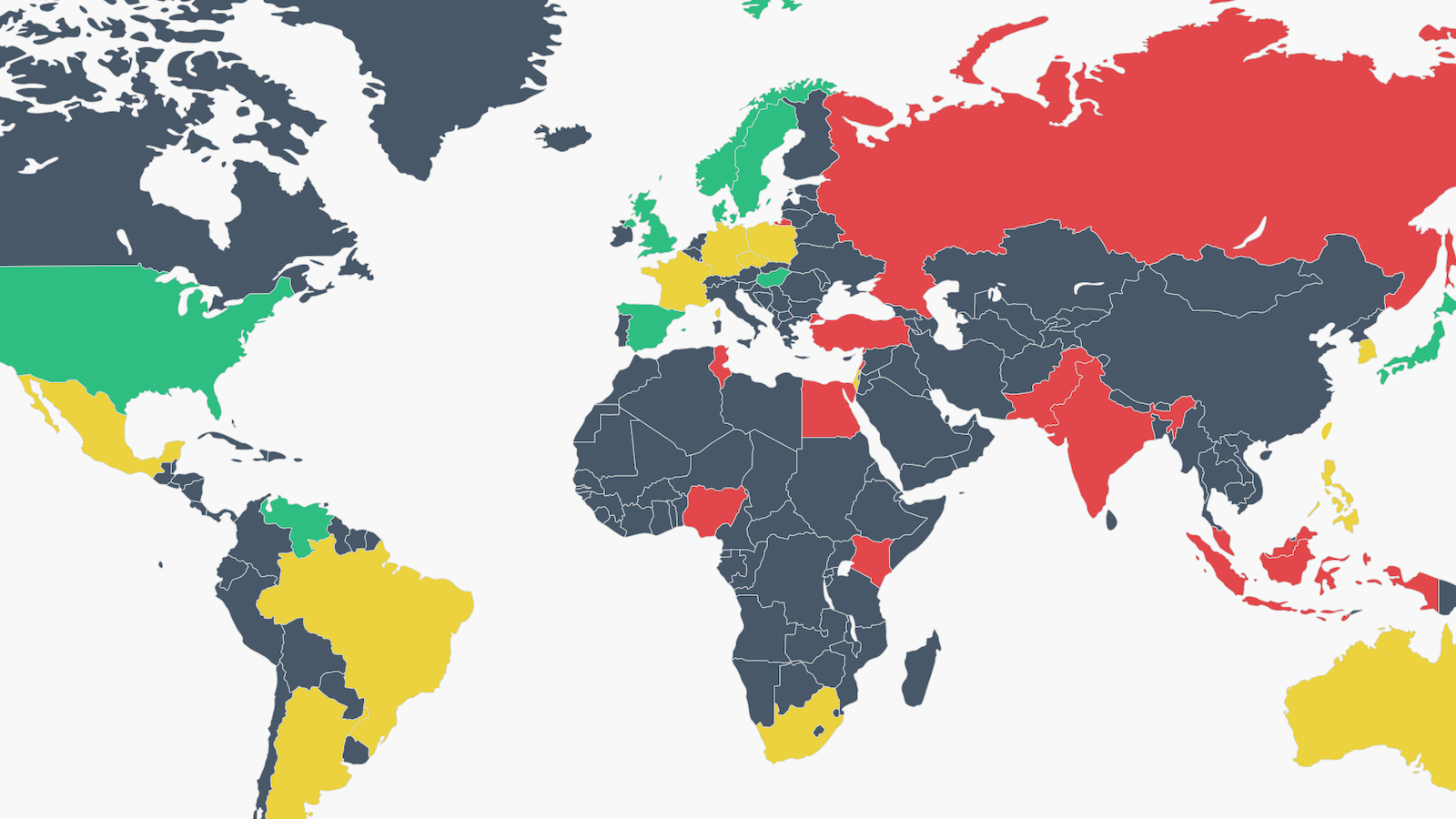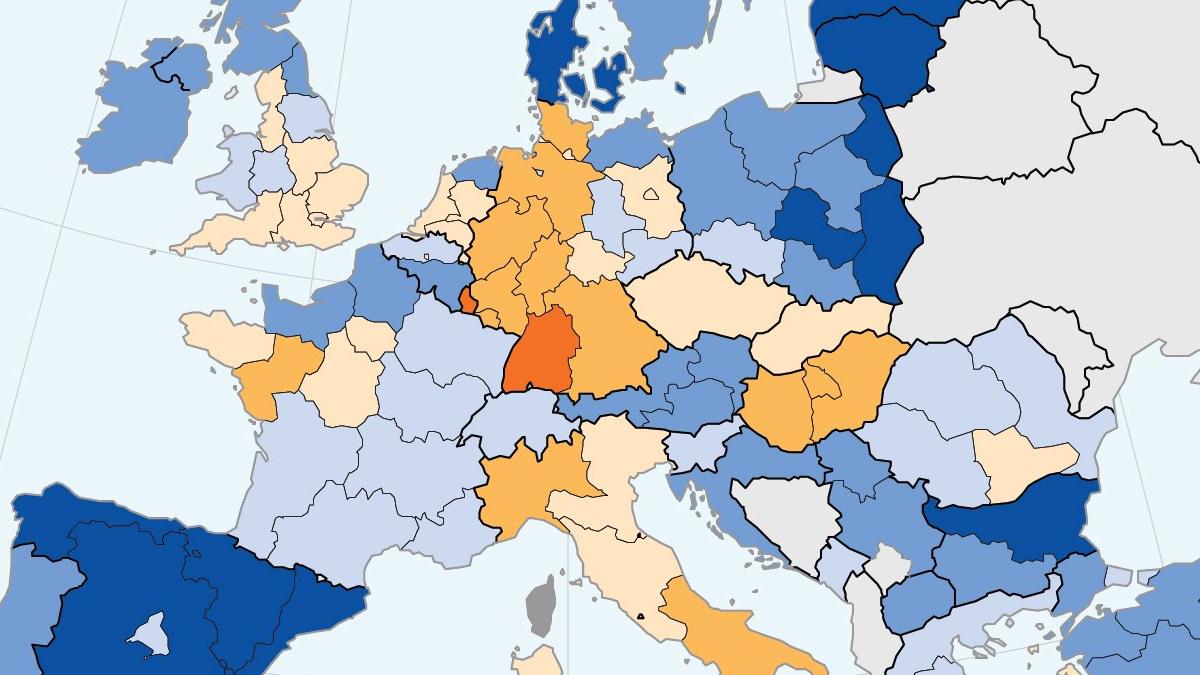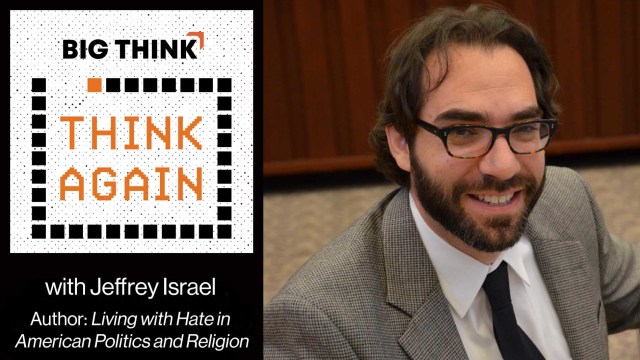Who are the people running away from Europe?

Image: Reddit / trinitronbxb
- The countries of Europe are not just a destination for refugees, they’re also a source
- UNHCR data reveals a small but intriguing flow of refugees from countries like France, Germany and the UK
- What are the stories behind the raw figures? Here are some of their stories

Syrian and Iraqi refugees crossing from Turkey to Greece in October 2015.
Image: Wikimedia Commons / Ggia – CC BY-SA 4.0
Refugees in
The 2015 refugee crisis saw Europe struggle to manage a massive inflow of Syrians and other migrants, displaced by war and poverty at home. Numbers have since gone down, but at a price – both Europe’s attitudes towards migrants and its external borders have hardened; last Thursday, 150 migrants drowned off the coast of Libya.
The Mediterranean’s deadliest shipwreck this year – at least partly attributable to the withdrawal of official search and rescue operations and the criminalisation of NGO rescue boats – sparked few headlines across the continent.

Even the wealthy, liberal democracies in Western and Northern Europe generate refugee flows.
Image: Reddit / trinitronbxb
Refugees out
The UNHCR, the UN’s refugee agency, keeps track of the movements of refugees and tries to manage them as best as possible. Buried beneath the more important numbers of refugees flowing into Europe are smaller figures, for refugees from Europe.
- As this map shows, Syria remains red-hot, in terms of refugee population. According to the UNHCR, 6.7 million Syrians are refugees.
- Next-level sources of refugees are Iraq, Iran and Israel/Palestine (between 100,000 and 1 million from each country).
- As red turns to pink, we’re entering Europe, with the former Soviet Union, ex-Yugoslavia and Turkey as major source countries (between 10,000 and 100,000 from each).
- A big chunk of Eastern Europe (as well as Northern Africa and some other bits of the ex-USSR) are yellow (between 1,000 and 10,000 refugees per country).

Iceland, Monaco and Andorra are some of the more unlikely source countries of refugees registered by the UNHCR.
Image: Ruland Kolen
Escape from Monaco
To varying degrees, war, civil strife, oppression and poverty could be cited as push factors for people to flee any of those countries. But as we move into shades of green, the countries become more affluent and liberal, and the reasons more mystifying.
- Two Baltic countries (Estonia and Latvia) and three Balkan ones (Montenegro, Bulgaria and Greece) are the source of between 100 and 1,000 refugees. These places may be struggling economically but are generally considered to be peaceful and free.
- Even west of the former Iron Curtain, most countries generate between 10 and 100 refugees – not just larger ones like the UK, France and Germany, but also smaller ones like Belgium, Portugal or Austria.
- In the lowest category (less than 10 refugees) are Europe’s least populous nations, including Ireland, Iceland, Denmark and Switzerland. But not even the micronations are refugee-free.
As this infographic shows, Andorra, Monaco and Luxembourg are the home countries of three refugees each. Two refugees hail from San Marino, the other micronation enclaved within Italy (no refugees from the Vatican, though). Even Gibraltar the the home of a single, solitary refugee. Who are these people? Why did they run away from places many more people are struggling to get into? Here are two of their stories.

The stalinist skyscraper of the Palace of Science and Culture in Warsaw, where Norwegian Silje Garmo and her child were granted asylum.
Image: Wikimedia Commons / Thomas Quine – CC BY-SA 2.0
A clash of parenting cultures
A recent article in the German press (Die Zeit, 15 May 2019) discusses the case of a Norwegian woman who fled her country because she feared the state would take away her baby. Silje Garmo claims she was harassed by Barnevernet, the Norwegian child protection agency. The agency claimed Garmo led a “chaotic life”, which prevented her from adequately caring for the child.
The woman feared the agency would take the child into custody – as had happened with her older daughter. In May 2017, mother and then newborn baby went into hiding – fleeing to Poland shortly thereafter. Garmo eventually applied for asylum in Poland. This was granted in December 2018, triggering a diplomatic crisis between the two countries.
Barnevernet is frequently accused of heavy-handedness, including by a number of Polish immigrant families who have lost custody of their children. This could be ascribed in part to the difference in cultural attitudes towards child-rearing between liberal (1) Norway and conservative Poland.
That point of friction may also be why Poland eventually decided to grant Garmo asylum, something Polish authorities do exceedingly rarely: it offers Poland moral leverage in its fight for the Polish parents in Norway who are seeking to regain custody of their children. That fight has escalated earlier this year, with first Norway and then Poland expelling consular staff from each other’s diplomatic missions. Relations between the two countries are now at their lowest point in living memory.

A mother homeschooling her daughter (no relation to the families mentioned below).
Image: Wikimedia Commons / Jason Kasper – CC BY-SA 2.0
Homeschooling away from home
In 2008, the Romeike family fled from Germany to the US and applied for asylum. Devout Christians, Uwe and Hannelore Romeike believe in homeschooling their five children – a practice strictly forbidden by German law.
After taking their children out of Germany’s public school system, the Romeikes received fines running into thousands of euros, and lived in the fear that the German government would take custody of their children. So they fled to the US, where up to 2 million children are homeschooled legally.
It was the first time refugees to the US used the right to homeschool their children as grounds for protected status. Following their lead, a few other German homeschooling families have sought refuge in the US. Other German homeschoolers have gone to New Zealand and Canada.
In 2010, the Romeikes were granted asylum in a ruling that was subsequently overturned. However, in 2014 the Department of Homeland Security allowed them to remain in the country indefinitely.
It’s likely they will remain in America for the time being: in January 2019, the European Court of Human Rights (ECHR) upheld Germany’s prohibition of home education. The ECHR ruled that the law did not violate the human rights of Dirk and Petra Wunderlich, a German husband and wife who had been homeschooling their four children. The children were forcibly removed from their home near Darmstadt for three weeks in 2013, after which the Wunderlichs nevertheless refused to stop homeschooling them.
School attendance has been compulsory in Germany since 1918. The only exceptions are children with a severe illness, children of diplomats and child actors. Despite the ban, between 300 and 600 German children are being homeschooled at present.
These two examples point to child custody issues as a main source of refugee cases originating in Europe’s affluent liberal democracies. Based on fairly partial evidence, that may be an unwarranted conclusion. As mentioned, individual stories of refugees from these countries in Europe are hard to come by. If you know of any, please send them in.
(1) Update 26 August 2019 – Reader J. Wiklund puts a finer point on Norway’s attitude towards child-rearing: “I wouldn’t call (it) liberal or modernist. It is in practice a quite old-fashioned Lutheran supervision. We have the same tradition in Sweden, another Lutheran country. If the parents take drugs or drink lots of alcohol, they are not trusted to have children. In the old days, it was the Church that supervised them, nowadays it is the municipality (church and civil parishes being divided in the 19th century).”
Map by Reddit user trinitronbxb, found here on Reddit‘s MapPorn section. Country overview by Ruland Kolen, dataset found here at the World Bank.
Strange Maps #982
Got a strange map? Let me know at [email protected].





